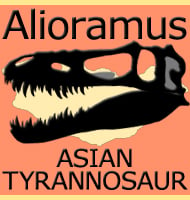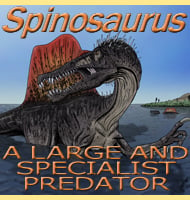Anodontosaurus
In Depth Although the name Anodontosaurus means ‘toothless lizard’, the teeth were only lost when the holotype skull of Anodontosaurus became compressed during fossilisation. Anodontosaurus was once synonymised with the genus Euoplocephalus, but a re-description of Dyoplosaurus in 2009 by Arbour et al. (also once synonymised with Euoplocephalus) led to the original Anodontosaurus fossils being … Read more


